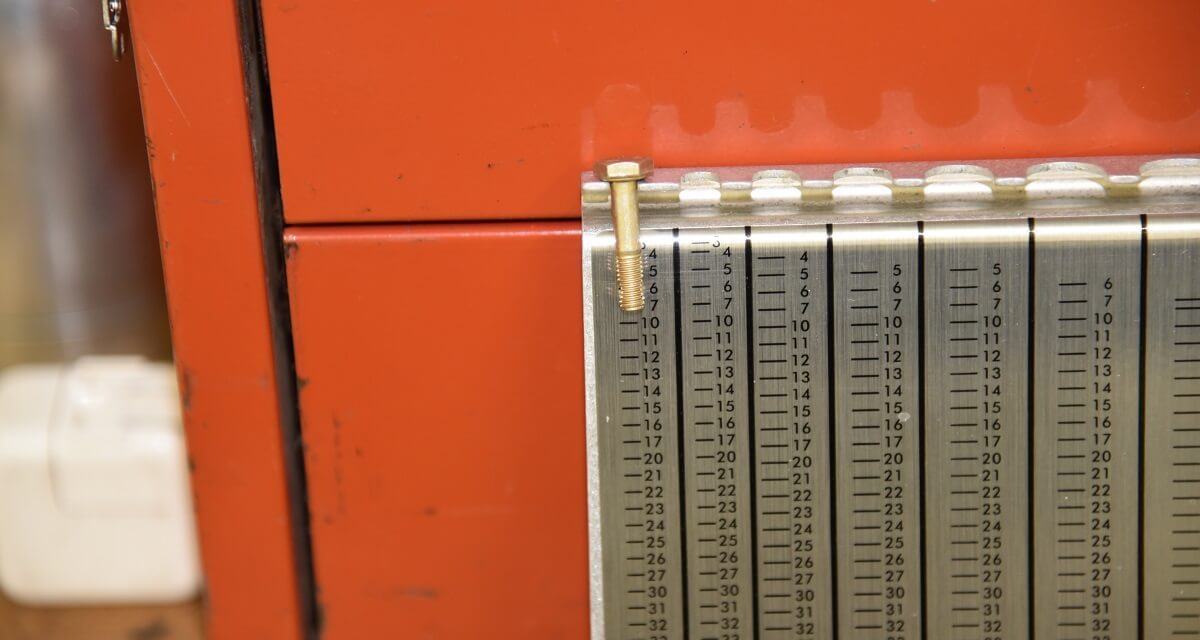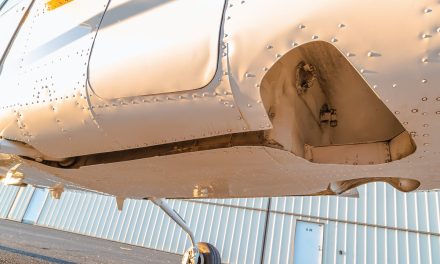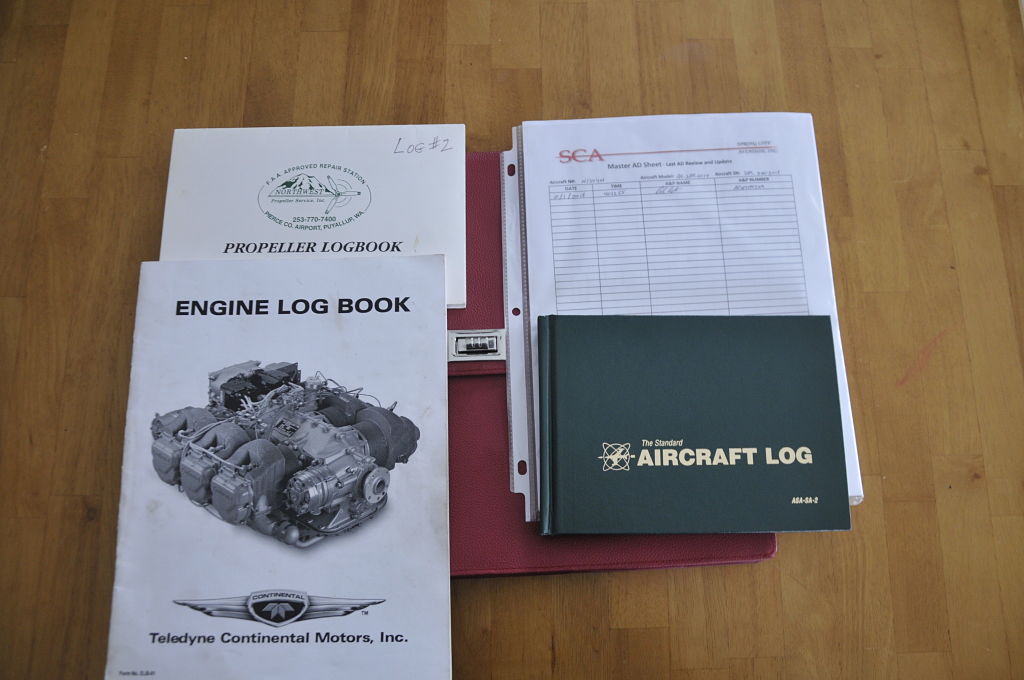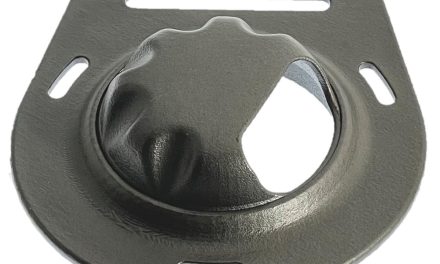We owners of aging aircraft struggle to keep the maintenance costs manageable on our flying machines. Of course, you knew that. I know that, too, in spades. I’m on airplane number eight at the moment and I’m in the middle of restoring the interior. New windows, upholstery, plastic molding, etc. Despite the fact that I’m always doing something to the airplane I don’t actually have very many aircraft-specific tools. I have my Ace Hardware tools that everyone has: screwdrivers, pliers, wrenches, etc. Lately I’ve been purchasing specific airplane tools and I’m finding that they’re very inexpensive. In fact, they’re so inexpensive that I can afford to buy them for use on just one project.
There are many companies that supply aircraft tools and I won’t even try to mention them all in this article but there are a couple of companies that I always go to: Aircraft Tool Supply (ATS) and Aircraft Spruce.
As I’ve written before, every year at EAA AirVenture Oshkosh I drop by the ATS booth and buy something. That something is always a tool and it’s always inexpensive. The tool I’m currently excited about that I got there is called a bolt gauge — part No. AE1350. It costs a whopping $11! Next time you remove a screw or bolt from your airplane and decide it’s corroded or worn and you want to replace it, this is where you take it. Before you can purchase a new bolt, you’ll need to know what bolt you have. To use the tool you put the worn-out bolt in one of the slots at the top of the bolt gauge. Start from the left side and let it fall into the first bolt slot that fits. Look straight down from where the bolt fell into the slot and at the bottom it will give you the AN number. In the example, it falls into the AN3 slot. Also, if you look at the bottom of the bolt, it will line up on the correct length. In the case of this bolt, it is an AN3 with a length of 7. This is most of what you need but not quite all.
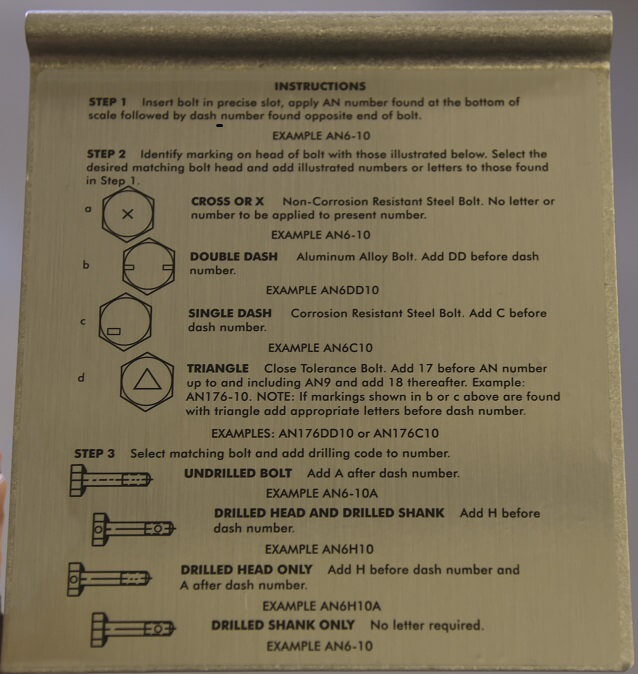
Turning the bolt gauge over, you see that it has a key to determine what other features your bolt may have. For example, if there is an X stamped on the top of the bolt, it’s non-corrosion resistant steel. If it has a double dash it’s an aluminum alloy bolt. Looking down the key you’ll also find special information for drilled bolts used for applications that need safety wire.
And to think of all those decades that I’ve been trying to match screws and bolts! I can’t think of how many mechanics I’ve bothered. No more! My bolt gauge really does the job.

